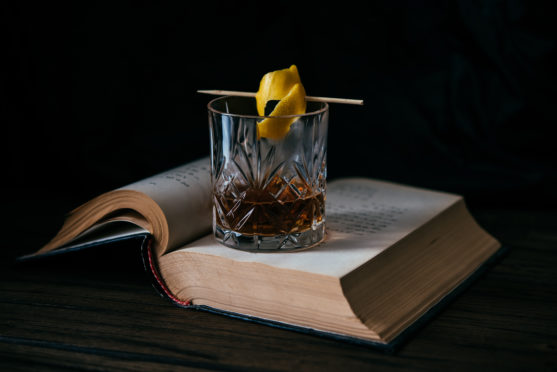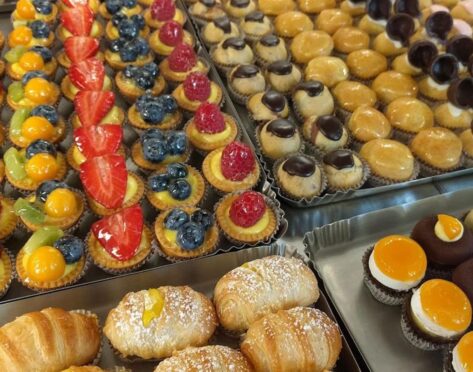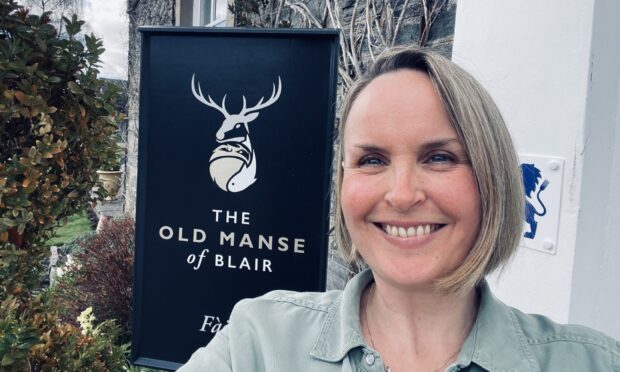A friend recently lent me a Courier-produced almanack and encyclopaedia dating from 1898 and reading it was truly stepping into the bygone world. Prices were in shillings and pence, liquids in pints, gills and gallons, indeed everything was listed in the old imperial measures.
There were pen portraits of 12 European monarchs, Queen Victoria in pride of place, and vast details about British and Scottish industry, commerce, shipping and trade.
Yet there were only a few short references to beer, and Scotch whisky rated a three-word line, last in a 30-strong list of drinks and their standard alcohol strengths. But of Scotland’s then 130-plus whisky distilleries, not a mention.
Back then, strong drink was as divisive a subject as Brexit is today. It was seen as the curse of the working classes, alcoholism was rife, the Temperance Movement was growing and, although whisky was a big industry and major exporter, it was largely swept under the carpet.
And within a year its repute would tumble further with the collapse of the top-rank whisky firm, Pattison’s of Leith, the first calamity in what would become the industry’s 34-year darkest era.
The almanack’s other information gems included that Britain then had 16,000 breweries, way behind Germany’s 27,000. Britain’s strongest beer was Burton ale, on 8.2% alcohol, with Guinness a heady 6.8%, Edinburgh ale 4.4% and then-newcomer lager 3.2%.
Spirit strengths were far higher than the norm today. Gin was 51.5% (against 37.5% today), with brandy on 53.4%, rum on 53.7%, Irish whiskey 53% and Scotch on 53.4%. Interestingly, American bourbon and rye whiskies were the strongest, on 54%. Whiskies today, other than cask-strength ones, are mostly 40% with single malts sometimes 43-46%.
When one realises that back then nips could be one gill (a sixth of a pint or just under 100ml) and cost as little as five or six old pence (2-3p) in a dingy pub, it is no surprise drunkenness was a big problem.
Pubs then had no upside-down bottles on gantries with optics. Whisky was dispensed from one-gallon whisky jars with brass taps sitting on or behind the bar—or direct from the cask through an oaken pipe and spigot inserted into a small bunghole.
Were they the good old days? It’s a moot point…










